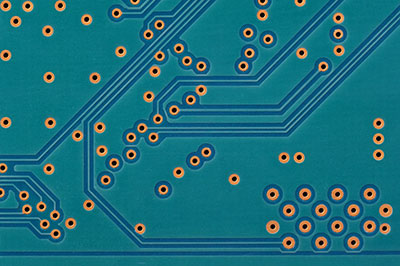What is a single-sided PCB, and how can they be used to enhancing electronics?
Many have asked this question, and more and more evidence exists that it is a good idea to learn about and use single-sided PCBs to create certain electronics.
There are quite a few experiments and findings that using PCBs in certain electronics can save you, the manufacturer, money, and materials.
If you are interested in exploring more cost-effective ways to create electronic devices, consider a single-sided PCB.
Contents
- 1 1. Single-Sided PCB—What is a Single Sided PCB?
- 2 2. Single-Sided PCB—Single-sided PCB Projects
- 3 3. Features &Benefits(advantages) of Single Sided PCBs
- 4 4. Single-Sided PCB—Where are Single Sided PCBs Used? Exploring the Application of Single Sided PCBs
- 5 5. What is the Difference Between a Single Sided PCB and a Double-Sided PCB?
- 6 6. Single-Sided PCB—The Pricing of Single Sided PCBs
- 7 Conclusion
1. Single-Sided PCB—What is a Single Sided PCB?
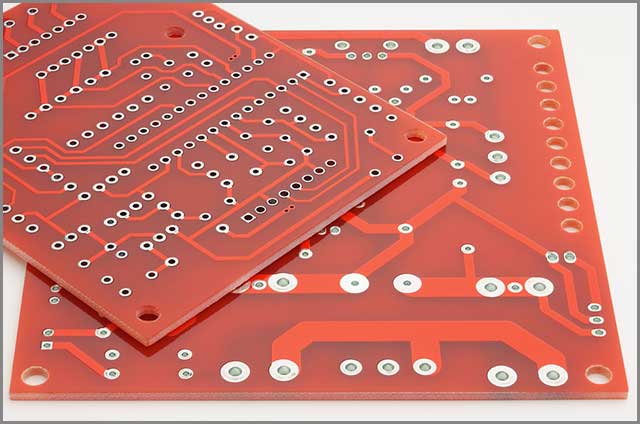
Printed circuit boards can have as many as 20 layers of conductive material. The more the layers or “sides” needed, the more complicated the electronic device.
The purpose of these layers is to share the circuitry paths across the PCB, and single-sided PCBs only have one of these “layers,” meaning that none of these circuit paths are shared. It means that each circuit line has its way.
If you are developing and manufacturing PCBs for electronics with low density, it is possible, and much more cost-effective, to use single-sided PCBs.
Single-sided PCB stack up.
The stack-up procedures of a single-sided PCB are as follows.
Solder mask makes up the surface of the single-sided PCB on both sides. Underneath it is a copper layer that acts as a conductor. Underneath that is the substrate that insulates the charge created by the copper layer.
To prevent an overcharge, copper layering only exists above the substrate and not underneath it.
2. Single-Sided PCB—Single-sided PCB Projects
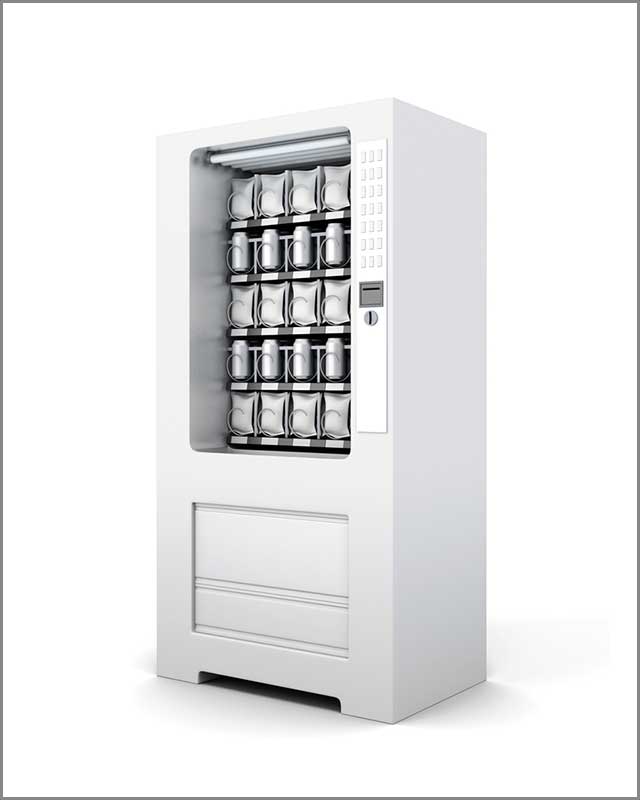
As mentioned previously, single-sided PCBs are designed for low-density electronics. It would not be a good idea to use a single-sided PCB for an electronic device with a higher density.
If an electronic device uses data and algorithms to operate, it likely has a higher density. While all electronics need the charges, PCBs provide to manage. Not all electronics rely on data and algorithms.
If the electronics you are making PCBs do not require a data connection to run, a single-sided PCB can be connected to them. Many of these devices exist, from digital cameras to vending machines to surveillance equipment.
When manufacturing PCBs for devices that are not complicated, many manufacturers use double-layer PCBs or more. Some do this out of laziness, and others do it because they do not think they have an alternative.
It is possible to use single-sided PCB in electronics that many believe requires multi-layer PCBs. There are many advantages to this, as you will discover.
3. Features &Benefits(advantages) of Single Sided PCBs
Even though they are seen as unconventional, there are many advantages and benefits of using single-sided PCBs. If anything gives you the incentive to see if some of the devices you manufacture PCBs are compatible with single-sided PCBs, these should.
Guaranteed to save money, time, and paperwork.
This one should be obvious. Single-sided PCBs use far fewer materials than PCBs with more layers or sides, saving money and saving time and paperwork when ordering these materials.
The margin for error when designing a single sided PCB is much lower.
Here’s the biggest problem with multi-layer PCBs: The margin for error when designing them is tiny. Many complications can arise when designing any PCB, but they are not as present or detrimental when designing a single-sided PCB. While they still may exist, they are much easier to micromanage.
The lower margin for error means single sided PCBs are much simpler and easier to understand
Newer designers will struggle with multi-layered PCBs. Many materials need to be put together; the through holes need to line up perfectly, and the soldering process is also highly complicated.
None of these issues are present in a single-sided PCB as they are much more straightforward in their design and are; therefore, it is much easier to understand their design dynamics.
The uses of single-sided PCB are vast. Many are surprised at what a single-sided PCB can do.
4. Single-Sided PCB—Where are Single Sided PCBs Used? Exploring the Application of Single Sided PCBs
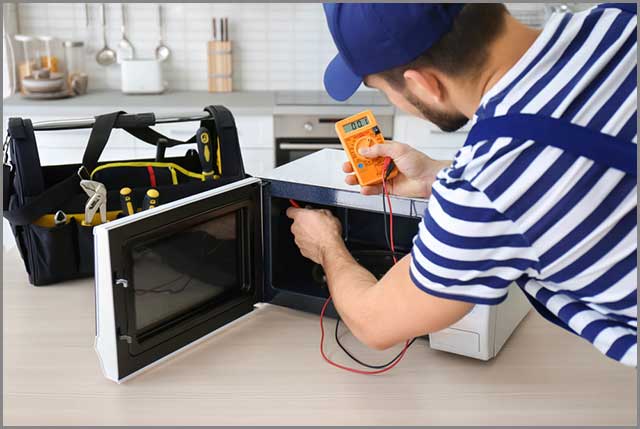
Despite being in existence for well over half a century, single-sided PCBs are still being used, and they are being used in devices that nobody would ever guess.
The above, digital microwaves, is just one example. There are dozens more.
Manufacturers like single-sided PCB because they are straightforward to make from very cheap materials.
In an age where everybody wants to seek out DIY (Do It Yourself) methods to make things, single-sided PCBs are much easier to make with standard materials.
Surprisingly enough, even something like air conditioning units, which appear to be incredibly complicated, can utilize single-sided PCB, as this quote shows.
This series of testimonials prove how convenient single-sided PCBs can be.
5. What is the Difference Between a Single Sided PCB and a Double-Sided PCB?
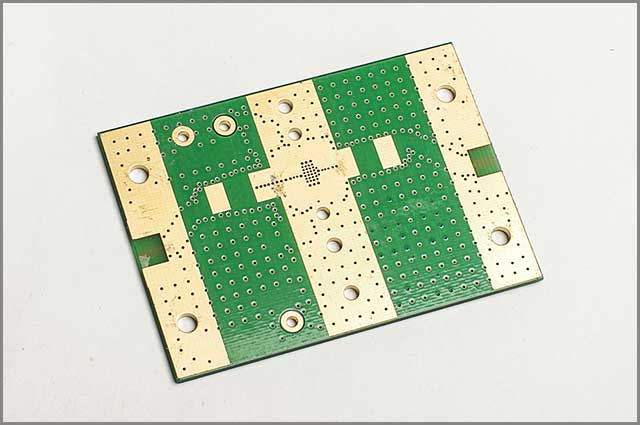
Although both are common, there are many differences between a single-sided PCB and a double-sided PCB.
Both single and double-sided PCBs utilize surface mount technology, which contains conductive copper and its components. In a single layer PCB, these components are mounted on only one side of the board, with the wiring connections on the other side of the board.
Double-sided PCBs follow the same copper and wiring systems, with the only difference being that they have traces that contain a top and bottom layer. Because of this, the paths will cross over, allowing the board to be connected to electronics that require a higher density.
Due to the lack of complexity, single-sided PCB manufacturing is easier, faster, and cheaper, discussed later.
Even better, more and more electronics experts are discovering that the same devices that were thought to require double-sided PCBs can use single-sided PCBs. As mentioned earlier, microwaves and vending machines can operate on single-sided PCBs in their circuitry.
Why is this?
The answer is easy. Remember that the only thing that genuinely requires much power and complicated circuits are devices that constantly send and receive information.
Many devices require double-sided PCBs that do not. In these devices, double-sided PCBs are used to make things less complex. It is possible to replace these with single-sided PCBs with just a little work.
If you know this, you can save much money on manufacturing utilized in single-sided PCBs.
6. Single-Sided PCB—The Pricing of Single Sided PCBs
A single-sided PCB is fantastic because it’s simple and can be used for wiring in many devices.
So how much do they cost?
Only four materials are needed to construct a single-sided PCB: The substrate, the copper layer, solder mask, and a silkscreen. That’s it.
On top of what single-sided PCBs need, double-sided PCBs also require many more materials to construct.
It does not even take into account multi-layer PCBs, which require dozens of materials.
Conclusion
Single-sided PCBs are underutilized given today’s changes in technology and electronics.
However, they can still be used, and they can be used for all kinds of electronics that do not require complicated circuitry.
Even devices that many believe require double-sided PCBs can operate perfectly on single-sided PCB with just a bit of work.
If you have decided to use more single-sided PCBs in electronics, contact us. We have an impressive collection of materials, and our services will help you solve any problems you may have with your single-sided PCB.
